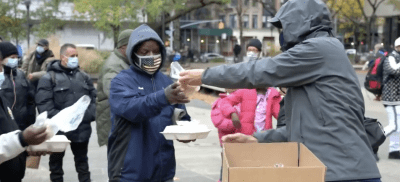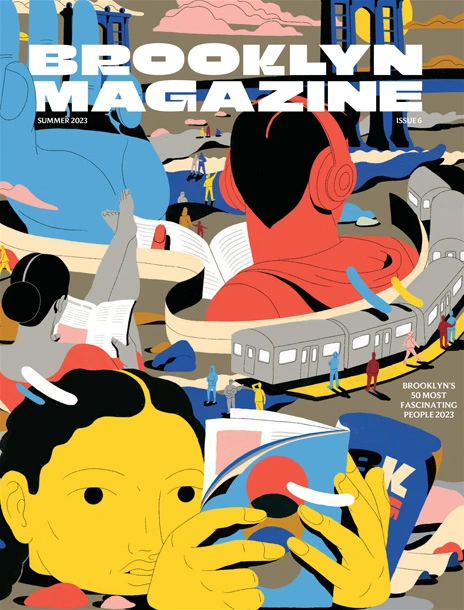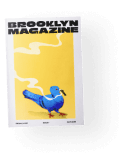“I’d lose my mind in that situation, too”: Ted Kotcheff on First Blood and Wake in Fright
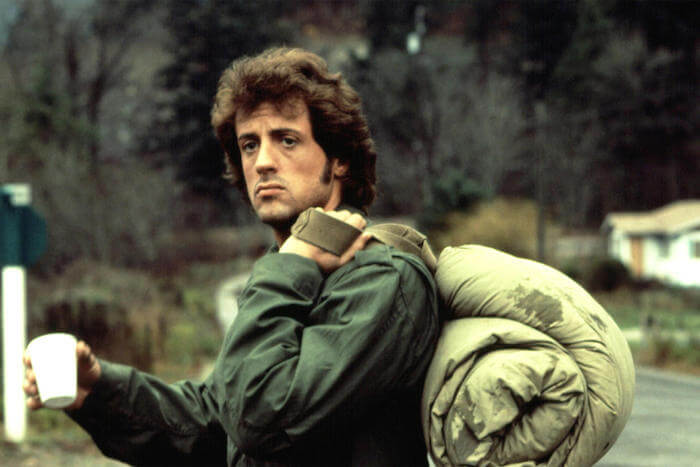

It can be startling to notice, as the titles add up, how many of Kotcheff’s works a viewer has seen without registering their author, and across how many different genres Kotcheff has worked with success. The now-86-year-old artist began his directorial career handling a variety of works for television, a medium to which he returned extensively at the end of the 1990s in the role of executive producer and frequent director of episodes of Law & Order: Special Victims Unit (1999-present). Mariska Hargitay writes about her work with him in generous and loving fashion in the foreword to Kotcheff’s most recently completed project, a memoir (written with Josh Young) called Director’s Cut: My Life in Film.
The book proceeds through a series of joyfully told anecdotes, with Kotcheff good-humoredly recalling adventures related to his director’s work, from an early episode of being barred from the US due to false suspicion of Communist sympathies through several early films realized in England and a number of subsequent films made quite literally throughout the world. Kotcheff will appear in New York this week to promote his book in connection with screenings of two of his best-known films, the making of both of which are discussed at length on the page. He will appear tonight (Monday, May 1st) at Film Forum for a Q&A following a screening of his Wake in Fright (1971), a once-obscure and now-canonical work of psychological horror in which a young Australian schoolteacher named John Grant (played by Gary Bond) nurses dreams of escaping from “the Yabba” (Bundanyabba), an Outback mining town filled with violent alcoholic men who urge him to plunge into chaos with them. Then, on Wednesday (May 3rd), Kotcheff will attend an Alamo Drafthouse screening of First Blood (1982), a sympathetic depiction of a war veteran (Sylvester Stallone) who discovers that his country no longer has use for him.
It should be noted that, while Kotcheff helped conceive the character of John Rambo, he refused to take part in subsequent Rambo films due to his (correct) belief that the series was being taken in a pro-war direction. Kotcheff’s stance as a director has ultimately been an ethical one. Even when making films with acts of violence in them, he has sought to heal the wounds that people inflict upon each other.
Brooklyn Magazine: How did your new book come about?
Ted Kotcheff: For about twelve years—at Dick Wolf’s invitation—I was the executive producer of a television series called Law & Order: Special Victims Unit, and I directed 289 episodes during this time. I eventually turned the show over to somebody else, with the feeling that I had been away from films for too long. In my free time, I was being invited to these various wonderful film festivals to present my films, and I was being invited to lecture about filmmaking as well. I met a lot of young filmmakers and, being a big mouth (as you’ll discover, I talk too much), I was telling them stories all the time about my experiences in filmmaking. They were all telling me to write a book, which I dismissed.
Then my wife, Laifun Chung, said to me one day, “Ted, why don’t you listen to all of these young directors? Your stories are really interesting. They’re different. Some of them are very educational about filmmaking, and some of them are extremely funny and entertaining. So why don’t you do it?” And so, having nothing better to do, I took her advice, and I sat down and wrote it. I never thought that I would ever write a book like this one, but there I was, and I did it.
As you can see if you read it, the book has very little to do with the women that I was in love with, with the women that I married. They’re mentioned, but I wanted to concentrate on how I became a film director, what I wanted to achieve and what my own personal experiences were. That was the basis and the intention of the book. We discussed various titles until the publisher suggested Director’s Cut: My Life in Film. I thought that that was very interesting because, when you make a film, the very first cut is considered to be the director’s cut, and then of course all sorts of other people come in and try to make it their cut. I rarely allow that to occur, if I can help it.
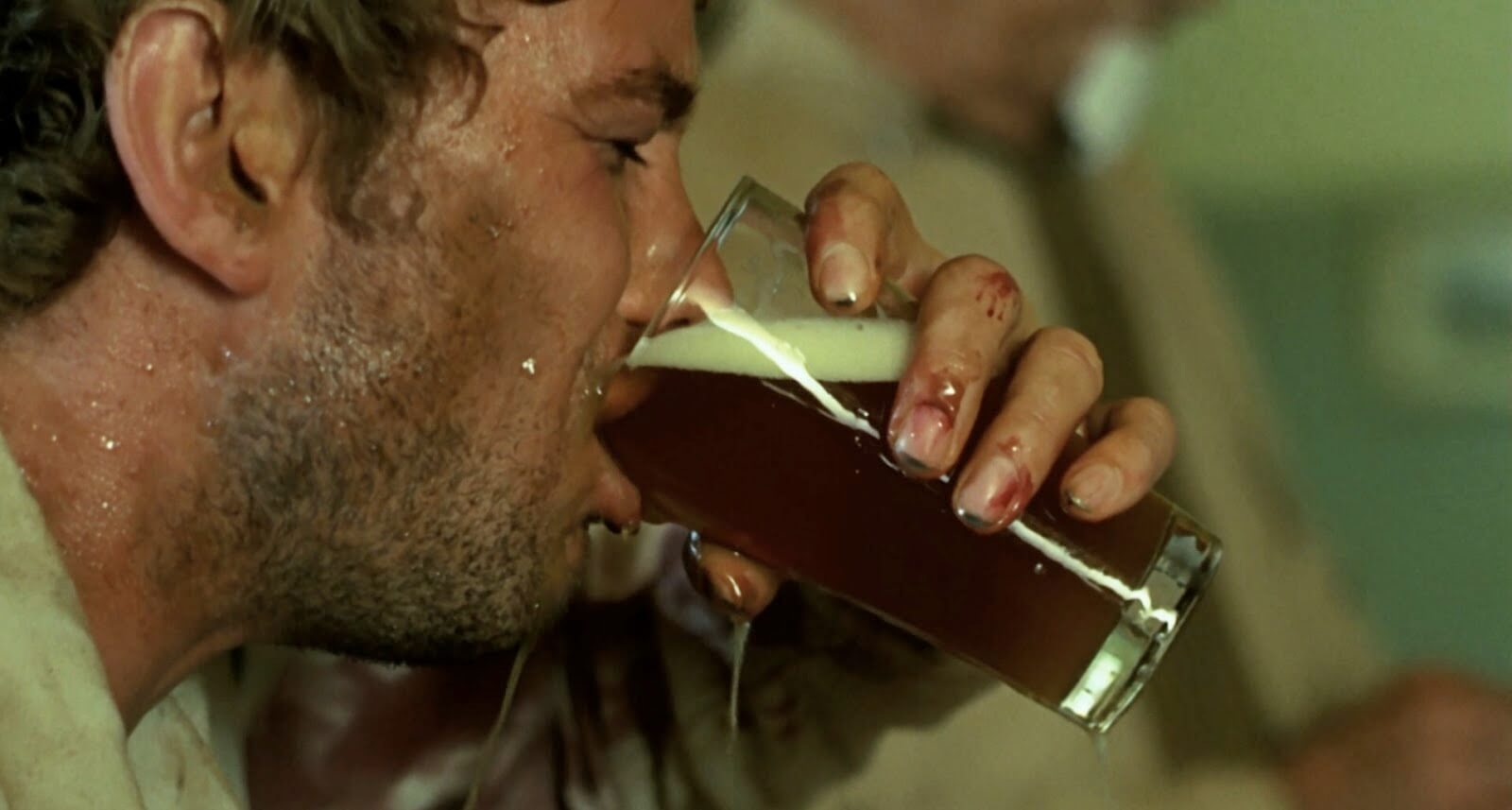

It goes all the way back to the beginning of my life. My parents were Bulgarian immigrants to Canada. I was born in Toronto in 1931 and grew up during the Depression. I spoke Bulgarian at home and didn’t learn English until I was five. We were very disliked, all the immigrants—Slavic immigrants, Jewish immigrants—we were all very disliked by the Anglo-Saxon Canadian community, and especially so in Toronto, which was a really English, Irish, and Scottish city. So from a very early age onwards, I felt attracted to stories of people who feel themselves to be foreign in their communities. The teacher in Wake in Fright, for example, hates the whole community in which he finds himself and feels that he has nothing in common with it, which certainly resonated with my own feelings growing up. I’m attracted to outsiders—people who feel that they don’t belong.
As far as the technical side, a man who had a tremendous influence on me was the great Italian director Michelangelo Antonioni. I was a 29-year-old director living in England when Antonioni asked me to do him a favor. He and everyone else connected with Blow-Up (1966) had ascertained that the film was about 20 minutes too long, and since he and his producer had liked my film Life at the Top (1965), he wanted me to suggest some cuts. He said, “I don’t want any old fart with his old, antique ideas about filmmaking. I want a young director like yourself.” It was very daunting to try to cut the work of a master, but I made some suggestions, and he (very flatteringly) used about 18 minutes of what I had suggested. In the process, I ascertained how he made his films.
Antonioni basically said to me that films are collections of pictures. “Dialogue is for the theater. In a film, you’ve got to tell the story in terms of pictures.” He would hire eight writers—one would write the film as a silent picture, and then other writers would come in to write dialogue, because if the actors’ mouths are moving, then of course they have to be saying something. But the words weren’t of the essence. The essence was that the story be told pictorially.
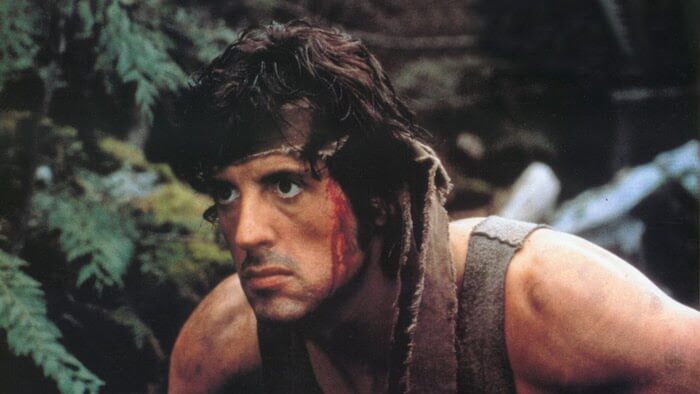

You’ll be presenting two films in New York to promote your book—First Blood and Wake in Fright. How did you become invested in the themes and subjects of these films?
First Blood has a subject matter that’s slightly different from my other works. At every moment in history prior to the Vietnam War, American war veterans had come back home and been celebrated as heroes. They had banners, bands, and ice cream trucks greeting them. Yet the poor Vietnam veterans were rejected and vilified. I remember all sorts of stories. For instance, one guy told me and a bunch of other returning veterans landed at an airport to have people throw feces, dead rabbits, girls’ dolls soaked in blood, and other things at them.
I actually soon discovered a horrifying statistic: During every month in 1980—every month—one thousand Vietnam veterans tried to commit suicide, and one-third of them were successful. So every month, 350 veterans did to themselves what the enemy couldn’t do. And I haven’t even mentioned yet the scandal surrounding the veterans’ medical service, in which people waiting to be given physical and mental treatment were put off and put off, to the point that some of them literally died while waiting to see a doctor. You wouldn’t deny medical treatment to a dog. What was going on in the American psyche?
The basis of First Blood emerged from this puzzling situation. Here is Rambo. He comes to this typical small town that’s like a microcosm of America. He’s a Green Beret and a Congressional Medal of Honor winner, and he gets treated like absolute dirt. They won’t even let him buy a hamburger. They just want him to get out of there and go onto the next town. I thought that the story provided a wonderful opportunity to do something based in fact that could be simultaneously truthful, dramatic, and horrifying. And it provided an interesting opportunity to make a Canadian rendering of an American experience: The film was based on a book by a Canadian author (David Morrell), and made in British Columbia by a Canadian director and crew.
One of the things that’s characterized my career is that I’ve made films in practically every country. I’ve always been interested in all of the countries that I’ve worked in, and the different experiences to which human beings can expose themselves. My first five films were British productions. I made a film with a very good writer named Evan Jones that was called Two Gentlemen Sharing (1969), about the racial situation in London in the late 1960s. We became good friends during the process of making it, and when we were finished, Evan said to me, “You know, Ted, I’ve just been hired to adapt this Australian book called Wake in Fright. It’s an amazing book, and it’s just right up your alley. You’ll love it. I know you’ll love it.” And indeed I did.
People have asked me, “How did you make a film about Australia? It was a place that you knew nothing about.” That certainly was a slightly worrying factor for myself. But I believe that all human beings hold a lot in common with each other. We think that we’re different and better or worse than the rest, but we’re not. We’re all in the same existential boat together.
When I got to the Australian Outback, I found that it wasn’t that different from Northern Canada. It held the same kinds of vast, empty spaces that prove paradoxically not to be liberating, but rather imprisoning. I very quickly understood exactly what it was like to live there. I wanted to get all the small apperceptions right about being in that place. At the very beginning, I said to the set and wardrobe designers, “I don’t want to see one cool color in this film. No blues, no greens. I only want hot colors—yellow, orange, red, brown, burnt sienna.” The result would be that your consciousness would always be shaped by that weather. I also did things like buying hundreds of flies and releasing them on the set. The crew made me a hat with small threads to keep the flies out of my eyes, but whenever I called “Action!”, one would fly into the mouth. I thought, “Well, that’s one of the facts of life out here.”
Furthermore, something that I always do when I’m on location (whether it be Thailand, Australia, or Northern England) is I take the editor of the local newspaper out to dinner, because that person is always a mine for information. He or she knows everything that’s gone on in the town or city, everything that’s going on, and everything that’s about to go on. The person’s full of useful information.
I made Wake in Fright in a small town called Broken Hill, and the editor of The Barrier Truth told me over dinner, “Mr. Kotcheff, you do know that the men outnumber the women in this town by three to one.” I said, “Three to one?” Then I said, “Well, I didn’t see any brothels when I came through here. Are there any brothels here?” He said, “Brothels? Certainly not! No, we don’t have any brothels in our town!” I said, “Well, is there a lot of homosexuality?” He said, “Homosexuality! Hey, mate, we’re Australians! We don’t do dirty things like that!” And I said, “Well, what do they do for human contact?” And he said, “They fight.”
I was rewriting the script at the time, and of course, this provided me with incredible material for the film. There’s a fight scene towards the end with two hunters rolling together around on the ground that has something of a homoerotic tinge to it. I tried to suggest that we cannot live without human contact somehow. I looked at all of these Australian men trying to live without women and understood how they had lost their minds. I’d lose my mind in that situation, too.
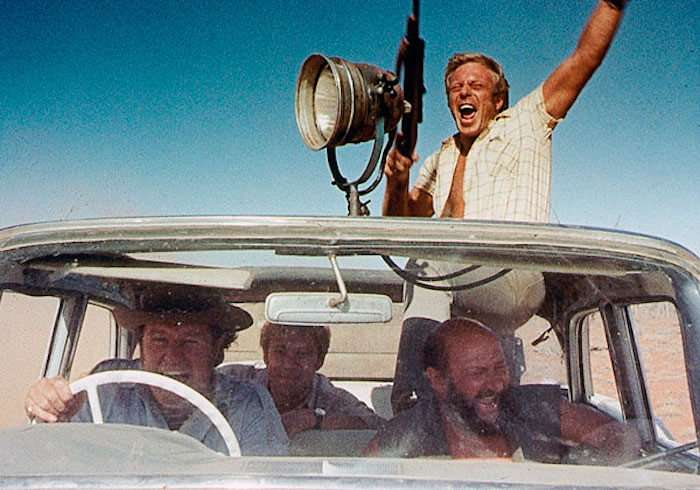

You’ve said—both in the book and on other occasions—that you’re attracted to stories about people who don’t know themselves. What does that mean, exactly, and how is it relevant to what you’ve said today about your work?
Well, I think that very few people in this world know themselves. In any case, I don’t. It certainly doesn’t limit my subject matter for my films. For instance, Duddy Kravitz has no idea what’s driving him—as a gangster says to him in The Apprenticeship of Duddy Kravitz, “Kravitz, why are you always running around like you’ve got a red-hot poker up your ass?” It’s the same with the teacher in Wake in Fright—he thinks that he’s better than everybody else, but he isn’t. He finds out that there’s a yahoo in all of us that, if given the chance, will emerge and make us behave badly in ways that we never could have imagined.
The idea of lacking self-knowledge is something that attracts me, and certainly it’s good territory dramatically, because you have a wonderful area for the development in a film of a person who’s slowly realizing himself and doing things that he had never imagined he could or would do. It’s true that the central characters in my films are often male, but I don’t think that the lack of understanding of oneself is limited to men. I think that women are equally capable of being blind about themselves.
What interests me most in filmmaking—aside from the pictures and the flies and everything else—is making films about the human condition, the basic situations in which we all find ourselves. I’d like for all of my films to have said something about why we’re here and what we’re going through. I’m finishing my fourth book of poetry right now and I’m writing one poem in particular about my experiences with the great British philosopher Bertrand Russell. He once told me something that has stuck in my mind forever since: “You know, Ted, the ethicality of human behavior is not difficult. It comes down to five words: ‘Hurt no one. Help everyone.’ Even if everybody only obeyed the first three words, we’d turn this Earth into a paradise.”
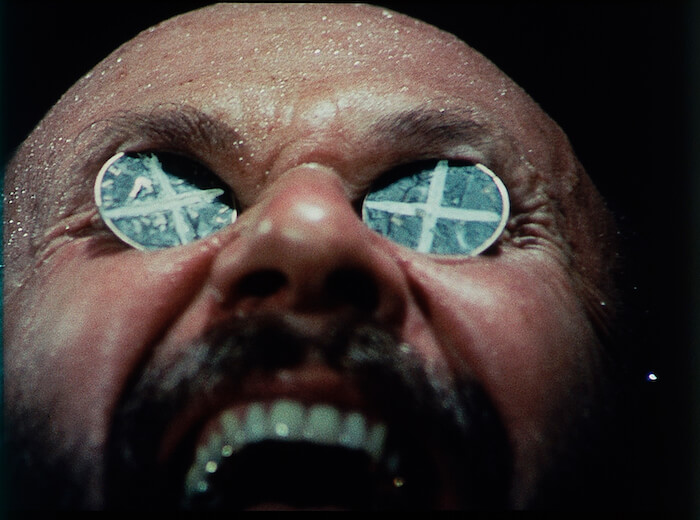

What interests you about films being made today, including in relation to your own films?
A lot of the films being made today are ones that I would never go to see. I was very lucky to become a director a long time ago, back when the distributors and studios used to make all kinds of interesting films, and I could get Warner Brothers or 20th Century Fox behind my films because they had entire divisions devoted to lower-budget works. Now the American studios are committed to making these $200-million tentpole pictures adapted from comic books, which don’t interest me either to make or to look at with all of the impossibilities happening on the screen. Obviously, though, it appeals to a lot of people, and they’re making a lot of money out of it, or they wouldn’t be doing it.
Amazon and Netflix are able to finance some very interesting films in the budgetary range of three to four million dollars. I also see good work on television, like the material made by Sally Wainwright in Great Britain. And I’m very impressed by a lot of the foreign films that I see, including all five of the films nominated last year for the Best Foreign Language Film Oscar. How they get financed, I don’t know.
Financing is difficult and tricky these days. It’s a torturous process of getting a bit of money here and some there. I’m working right now on a film that I’ve wanted to make my whole life, called King’s Gambit, that has to do with my Bulgarian heritage. Bulgaria was on the German side during World War II. The country of eight million people had fifty thousand Jewish inhabitants, not one of whom died during the war. The Bulgarian Jewish community, in fact, was the only nation’s in Europe that increased in numbers. My film is about how the wily cunning old fox King Boris III—who wasn’t even Bulgarian, but Austrian (that was how they used to do it in those days)—managed it.
Hitler considered Boris III to be a good friend, and Boris managed to pull the wool over his eyes. It’s a fascinating story, and the funding for has been complicated. I’m getting a little money from the Canadian government, a little from the Bulgarian government, and then some from England and from Germany. So I’ve gotten used to going around with my begging bowl and asking, “Please, sir, could you give me some money for my film?”
I wish you good luck and hope that King’s Gambit gets made. Is there anything else that you hope for today?
I hope that my films, in addition to being artistically crafted, try to make this Earth a little bit better than it was when I found it. I would like for people to come out of them feeling differently about the human experience. And that’s enough.
You might also like 














